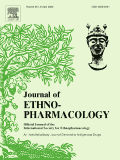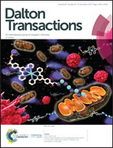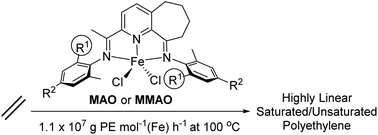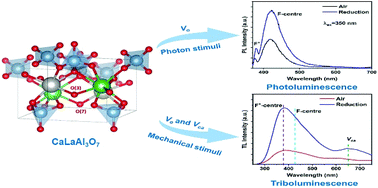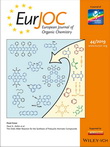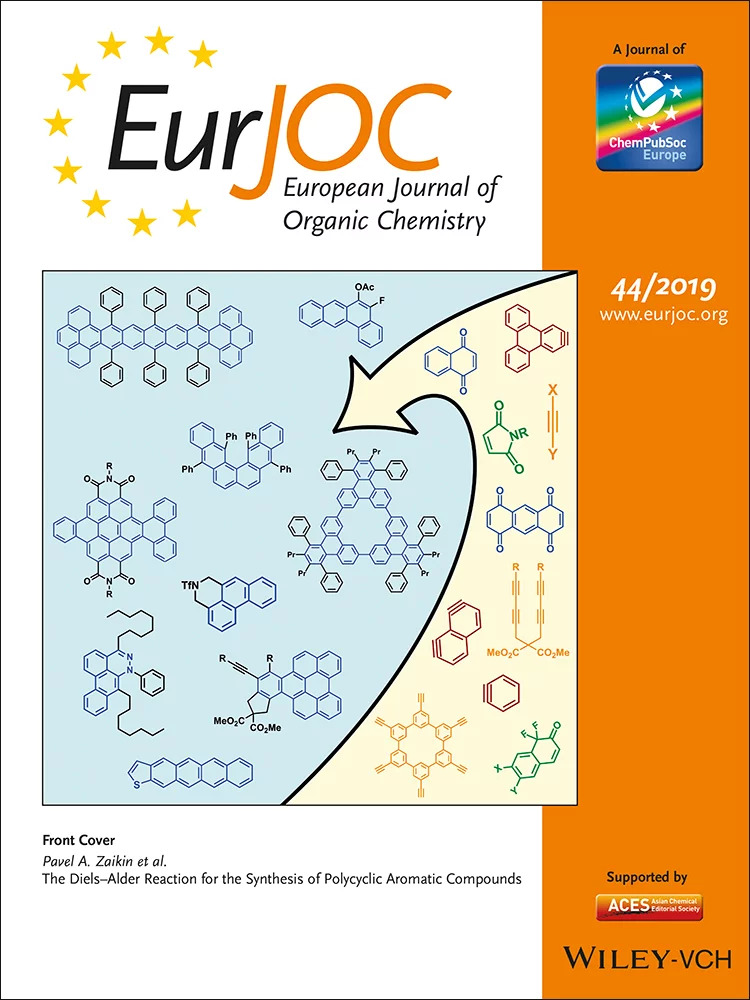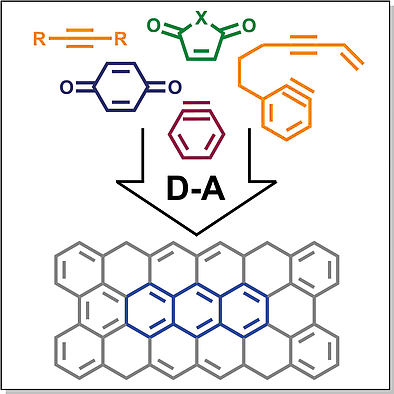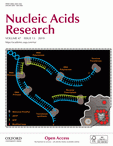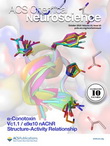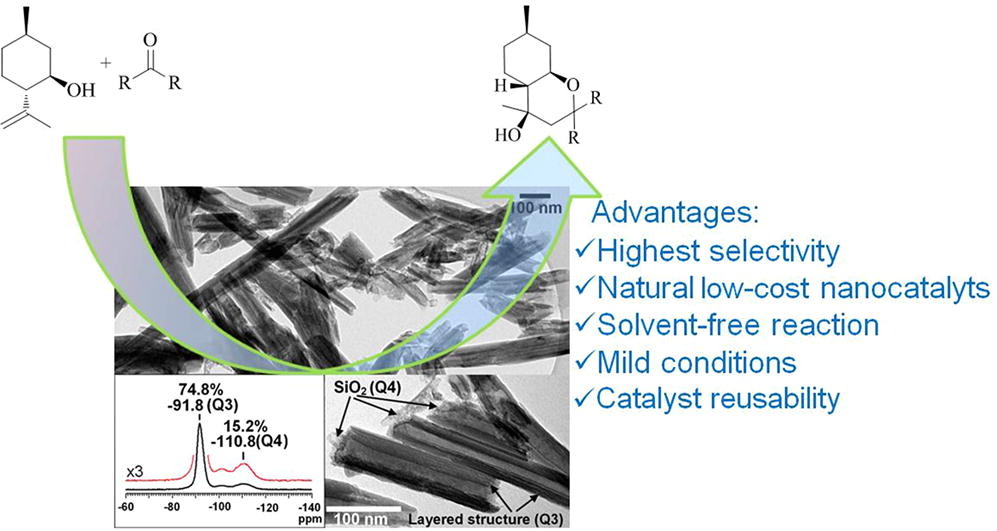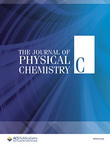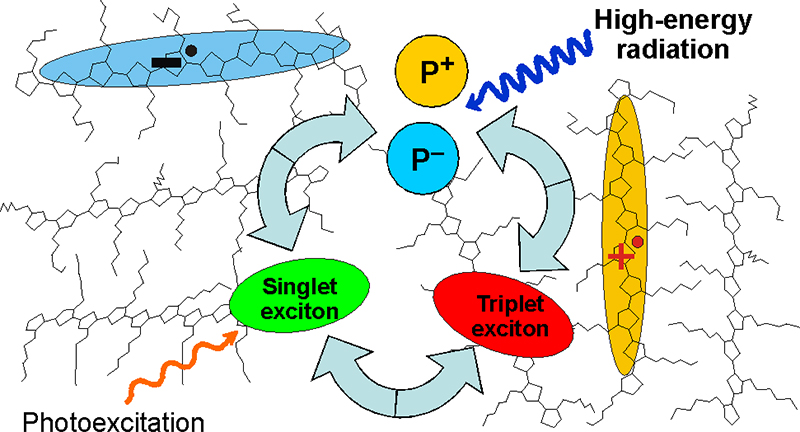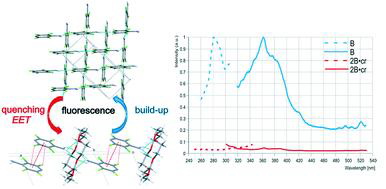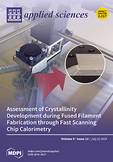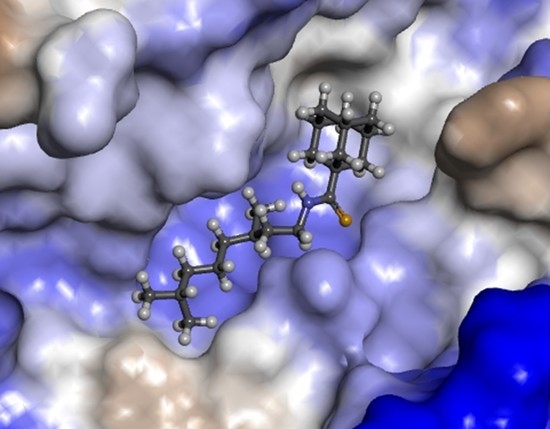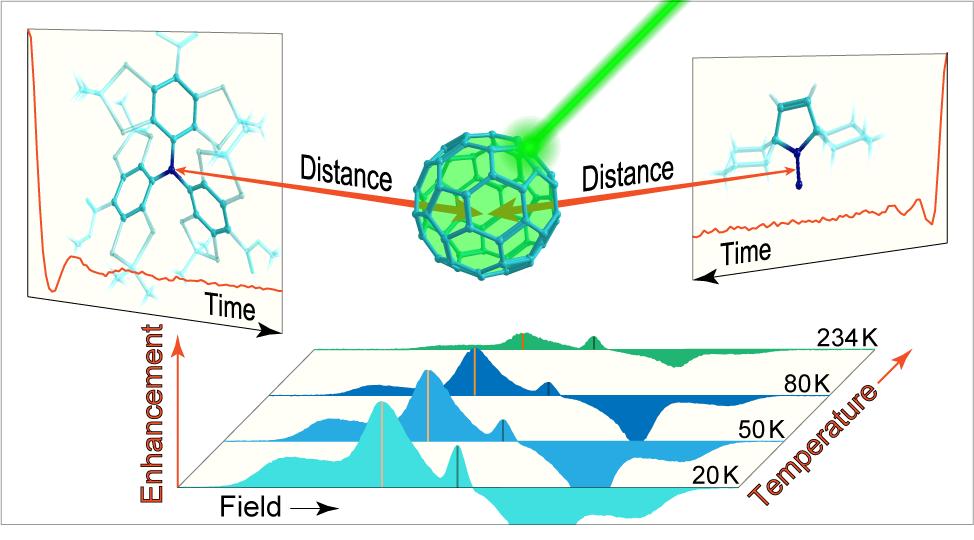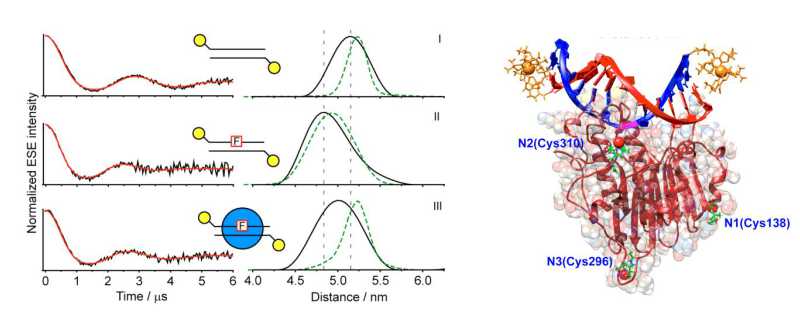На сайте журнала Journal of Ethnopharmacology (IF=3,414) опубликована статья с участием сотрудников Института Е.Е. Шульц, Т.Н. Петровой, Т.В. Рыбаловой, Т.С. Фроловой
Chromones and coumarins from Saposhnikovia divaricata (Turcz.) Schischk. Growing in Buryatia and Mongolia and their cytotoxicity
B.M. Urbagarova, E.E. Shults, V.V. Taraskin, L.D. Radnaeva, T.N. Petrova, T.V. Rybalova, T.S. Frolova, A.G. Pokrovskii, Ja. GanbaatarJournal of Ethnopharmacology, Available online 10 January 2020, 112517
https://doi.org/10.1016/j.jep.2019.112517
Abstract
Ethnopharmacological relevance
Saposhnikovia divaricata (family Apiaceae) a traditional medicinal plant distributed in many provinces of China, is well known for the pharmaceutical value and has been used for rheumatic arthritis, and anxiety in children. Antiviral, antioxidant and antiproliferative activities were also mentioned. The application of this plant are recorded in the Chinese Medicine (CM) classical text the Shen Nong's Materia Medica (Shen Nong Ben Cao Jing). In this monograph S. divaricata (syn RadixLedebouriella divaricata) is graded as a premium-grade herb, with their broad-spectrum of therapeutic applications for the treatment of cough, common cold, arthralgia, as well as in rheumatic disorders.
Aim of the study
To isolate and identify chemical constituents (chromones and coumarins) from S. divaricata, collected in Buryatia and Mongolia and to study their in vitro anticancer activity against MEL-8, U-937, DU-145, MDA-MB-231 and ВТ-474 cell lines.
Materials and methods
An 40% aqueous ethanol extract of the roots of S. divaricata was prepared and further successively fractionated by extraction with petroleum ether, diethyl ether,tert-butyl methyl ether and ethyl acetate. The obtained extracts were subjected to a series of chromatographic separations on silica gel for isolation of individual compounds. Isolated compounds were tested for their cytotoxicity with respect to model cancer cell lines using the conventional MTT assays. Results: Total of 15 individual compounds: coumarins scopoletin 2, bergapten 3, isoimperatorin 4, marmesin 5, (+)-decursinol 9, (−)-praeruptorin B 10, oxypeucedanin hydrate 11, chromones: hamaudol 6, cimifugin 7, 5-О-methylvisamminol 8, chromone glycosides: prim-O-glucosylcimifugin 12, sec-O-glucosylhamaudol 13, 4′-O-β-D-glucopyranosyl-5-О-methylvisamminol 14, 4′-O-β-D-glucopyranosylvisamminol (15) and also polyyne compound panaxinol 1 were isolated and characterized. The structure of dihydropyranocoumarin 10 was confirmed by X-ray diffraction analyses. HPLC-UV method was used for determination of the content of most abundant chromones 7, 12 and 14 in the roots of S. divaricata, collected in Mongolia. Compounds 3–11 and 13, 14 were evaluated for their cytotoxicity with respect to model cancer cell lines. All the compounds were non-toxic in the hemolysis test. Conclusion: This report about the phytochemical profiles of S. divaricata growing in Mongolia and Buryatia led to the identification of 14 compounds including coumarins and chromones. The available coumarins and chromones may serve as new leads for the discovery of anticancer drugs.
Альметрики:



